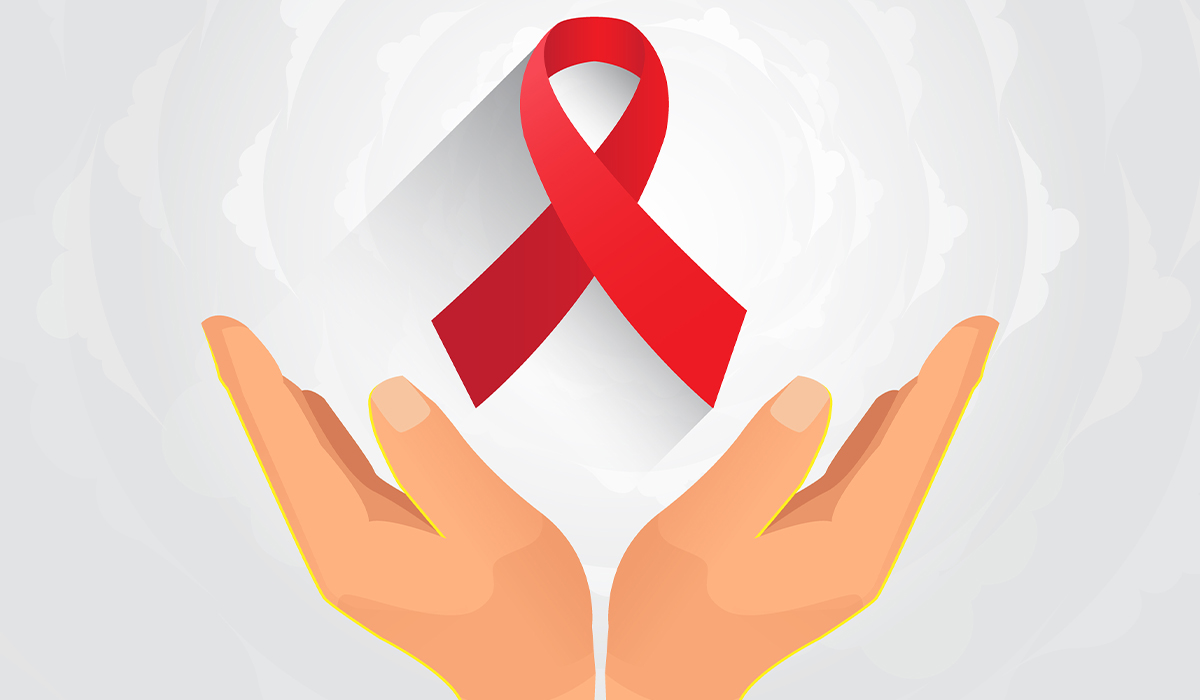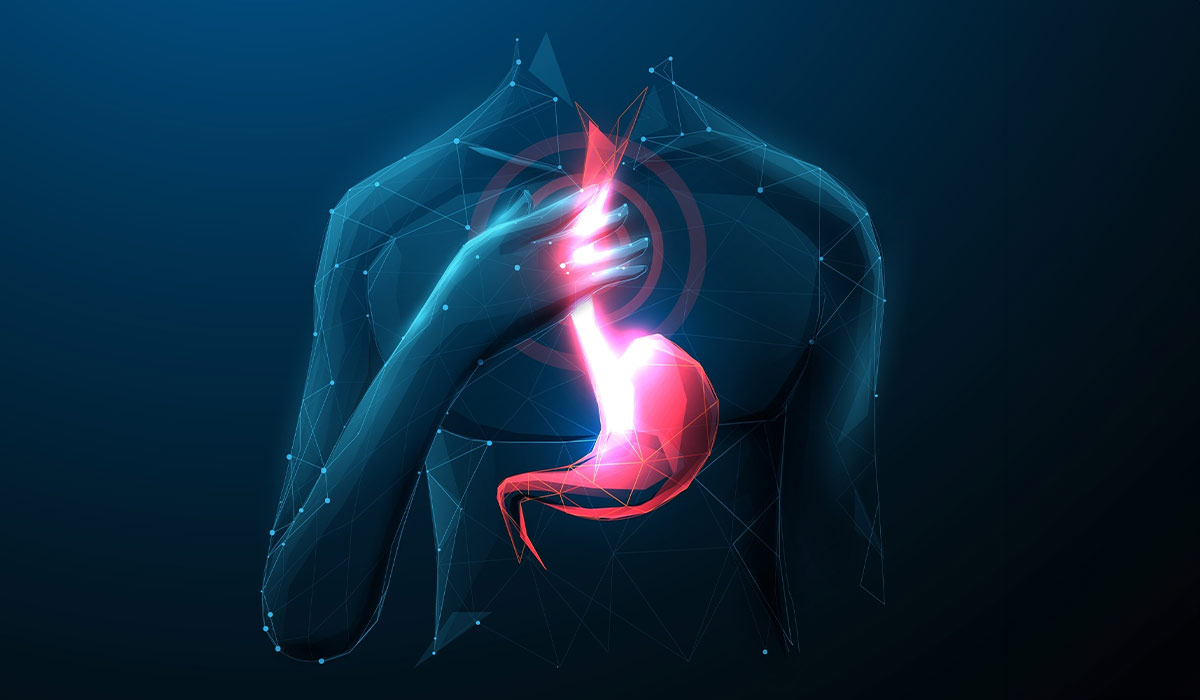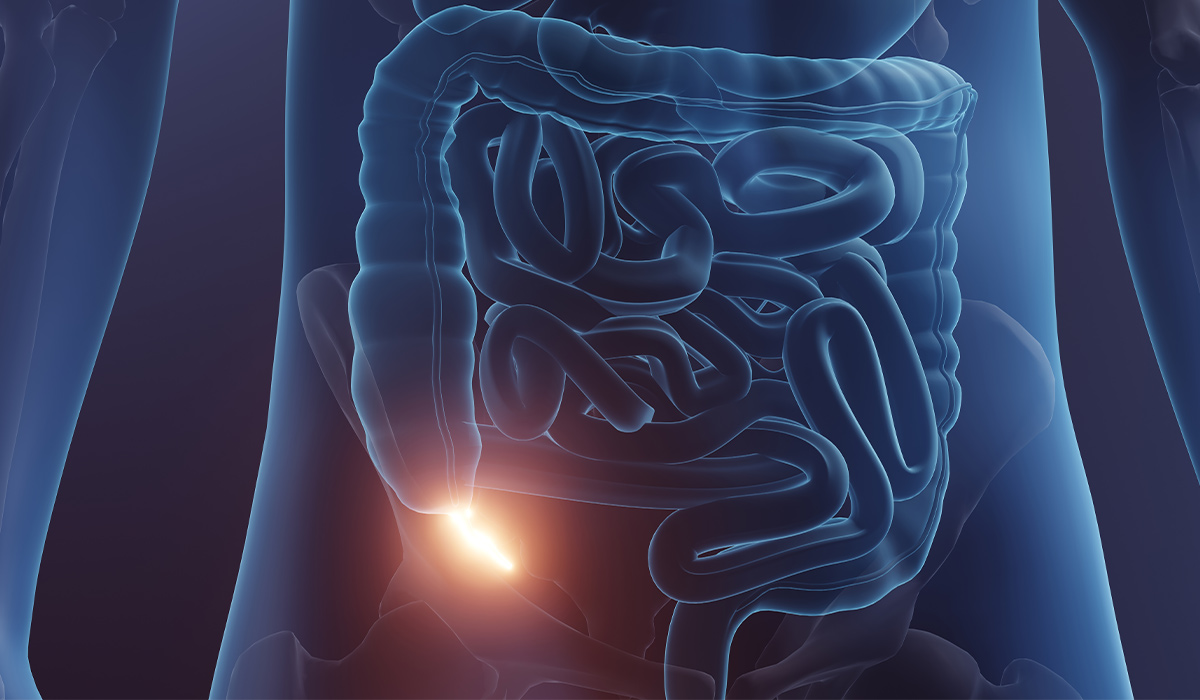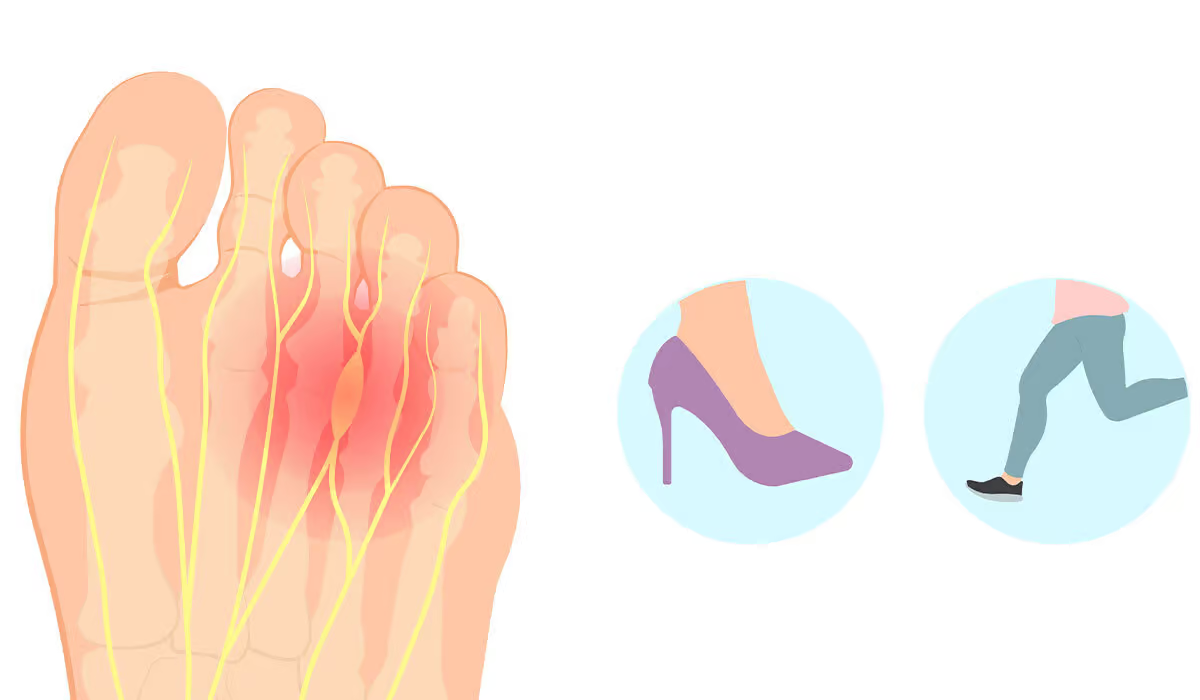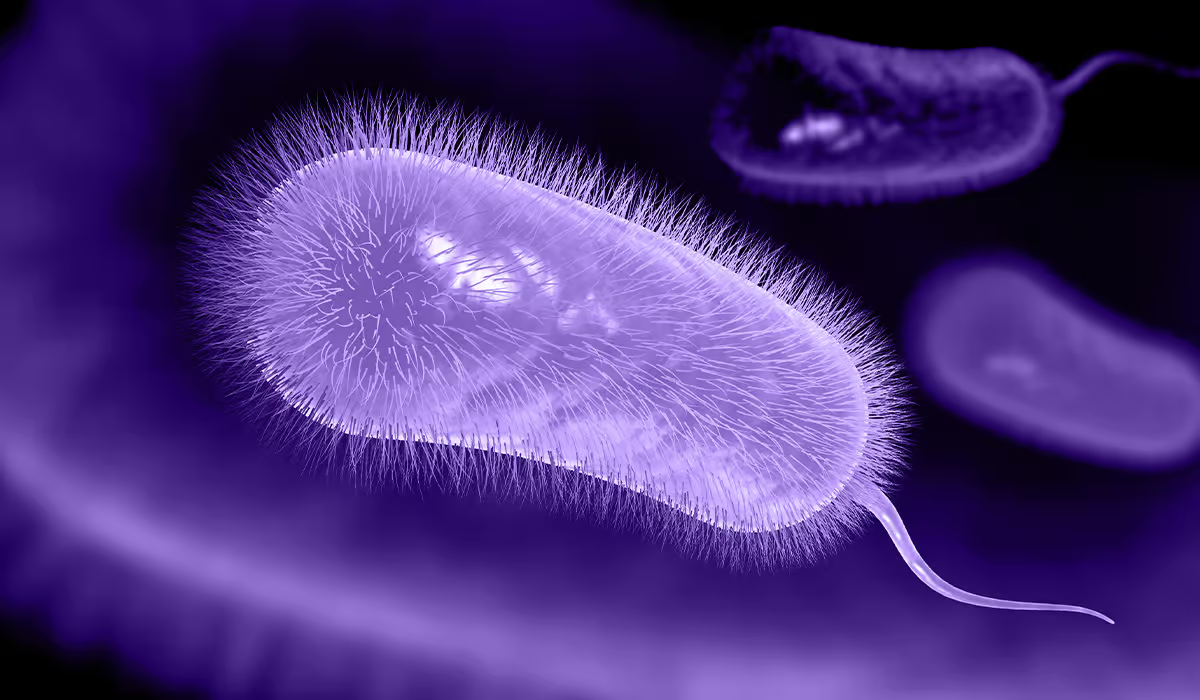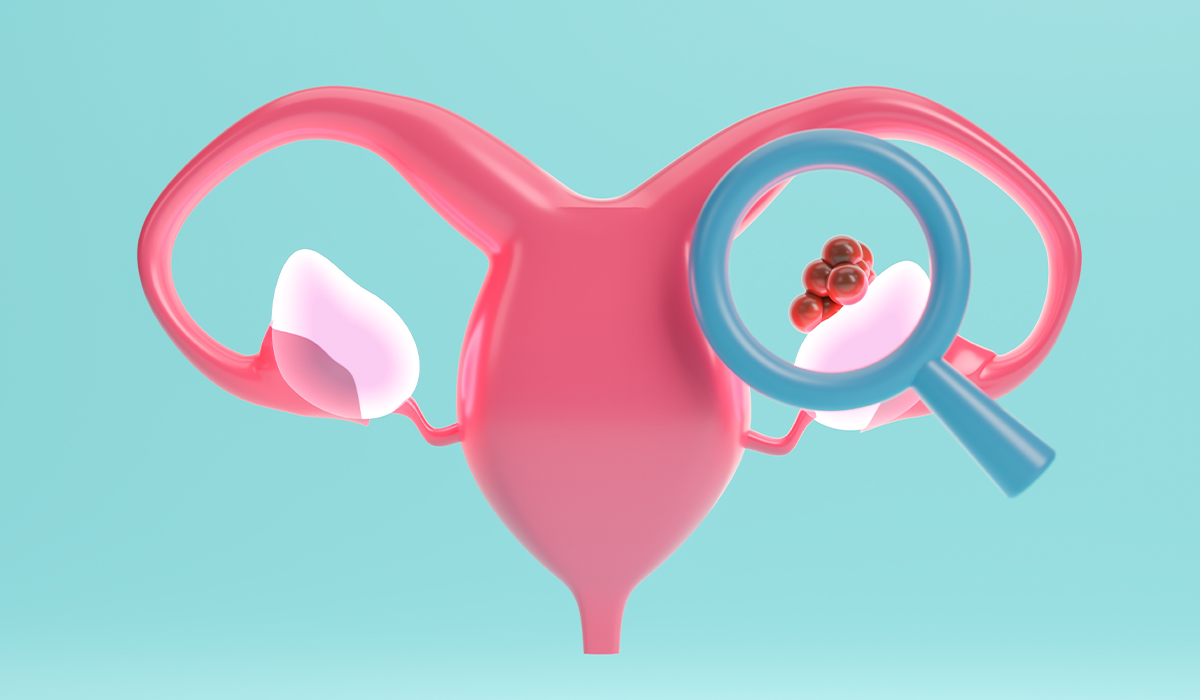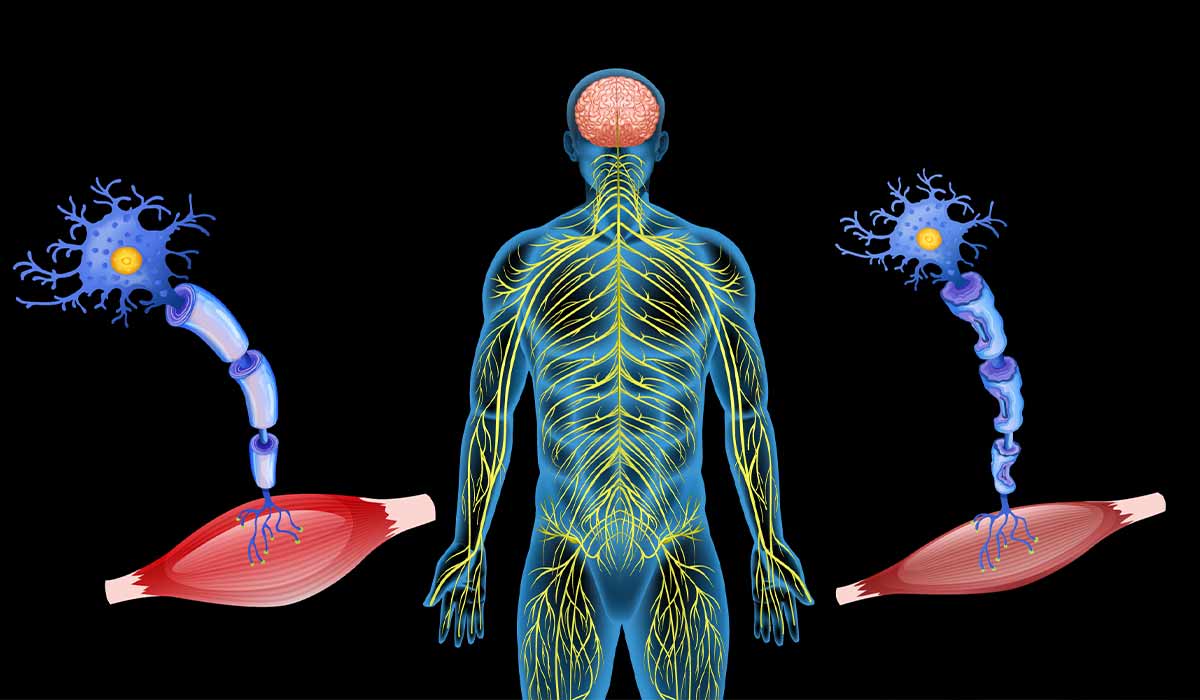This type of cancer often doesn’t show early signs, making it hard to detect early on. Therefore, it is worth knowing how to protect yourself against it before it is too late. What factors increase the risk of disease? What symptoms should worry you?
General Information
The liver is the largest gland in the human body. It is considered an internal organ and gland as it produces certain hormones and vital proteins. At the average height, a liver weighs about 1400 grams, making it also the heaviest organ in the body. However, its exact weight varies depending on gender, height, and weight. The liver sits on the right side of your stomach, usually hidden under the ribcage. It’s made up of four parts called lobes – these are the right, left, quadrate, and caudate lobes. The right lobe is the biggest one out of all of them.
This organ has unique regenerative skills, meaning it can renew after damage from factors such as alcohol, certain medications, or viruses, and it can regrow after up to 90% of it has been removed from the body. This skill is crucial after a liver transplant and enables transplants from living donors. However, when the long-lasting damaging factor destroys liver cells, their ability to regenerate is limited, and instead of cell renewal, replacing the cells with connective tissue starts.
The liver comprises several types of cells and is supplied with blood from two blood vessels: the portal vein (carrying blood rich in nutrients) and the hepatic artery (carrying blood rich in oxygen). Most blood, around 70% of the supply, comes from the portal vein.
Liver Functions
To understand the symptoms of liver cancer, it’s important to know the functions of that crucial organ. The liver has several vital functions critical for the entire body’s proper functioning. Experts estimate that the organ has around 500 functions. The most significant ones include:
- Bile production – Bile is necessary for fat digestion. Bile is made in the liver and kept in the gallbladder.
- Certain vitamins storage – Fat-soluble vitamins such as A, D, E, and K and water-soluble vitamins such as vitamin B12 are stored in the liver. This provides a constant supply of nutrients during periods of deficiency.
- Drug metabolism – Almost every drug entering the body is metabolized in the liver. When too much of the drug is taken at once, the liver’s capability to metabolize it is exceeded, which may lead to liver damage.
- Protein production for blood plasma – Most blood proteins are produced in the liver. Some of those are made only in the liver, which leads to their deficiency in case of liver damage.
- Sugar (glucose) metabolism – The liver produces, stores, and releases glucose, which is a large, dynamic storage of that fundamental energy source.
- Blood clotting regulation—The liver produces proteins necessary for blood clotting. Therefore, bleeding may appear during liver damage.
- Clearing the blood from bilirubin, which is a product made after a red blood cell breakage
- Detoxification – The liver neutralizes toxins entering the body, such as alcohol and toxins produced in the body, including ammonia – a product of protein breakdown.
- Cholesterol production
- Immune system protein production
Causes
Like most cancers, liver cancer is caused by DNA mutation in the liver cells. DNA is information in every cell of your body that tells the cell how to function, when to multiply, and when to die. When an error occurs in that information, the cell starts to multiply uncontrollably, becoming cancerous.;
Many factors can trigger cells to become cancerous. For example, hepatitis viruses are linked with liver cell mutations. When the virus enters the cell, it changes the cell DNA, turning correct cells into cancerous ones. Other triggers include alcohol, toxins, and aflatoxin B1.
Risk Factors
Some people are at a higher risk of developing liver cancer than others. Risk factors include:
- Heavy alcohol use
- Being chronically infected with hepatitis virus type C or B
- Eating food contaminated by aflatoxin B1 (a substance produced by some fungi)
- Fatty liver disease
- Smoking cigarettes
- Certain rare medical conditions concerning the liver, such as hemochromatosis, Wilson’s disease, or porphyria
Types
Malignant liver tumors are divided into:
- Primary liver cancer – developing from tissues located in the liver
- Secondary liver tumors – which are metastases of malignant tumors of other organs. Metastases are the most common malignant tumors occurring in the liver.
Among primary liver cancers, the most common are hepatocellular carcinoma and intrahepatic cancer (bile duct cancer).
Secondary liver cancer, i.e., metastasis of other cancers to the liver, may occur in the course of many different cancers – for example, stomach cancer, pancreatic cancer, lung cancer, breast cancer, skin cancer, and others. The liver is an organ where metastases occur often due to its rich blood supply. Metastases in the liver may appear even several years after recovery from cancer, which is why regular follow-up after radical cancer treatment is necessary.
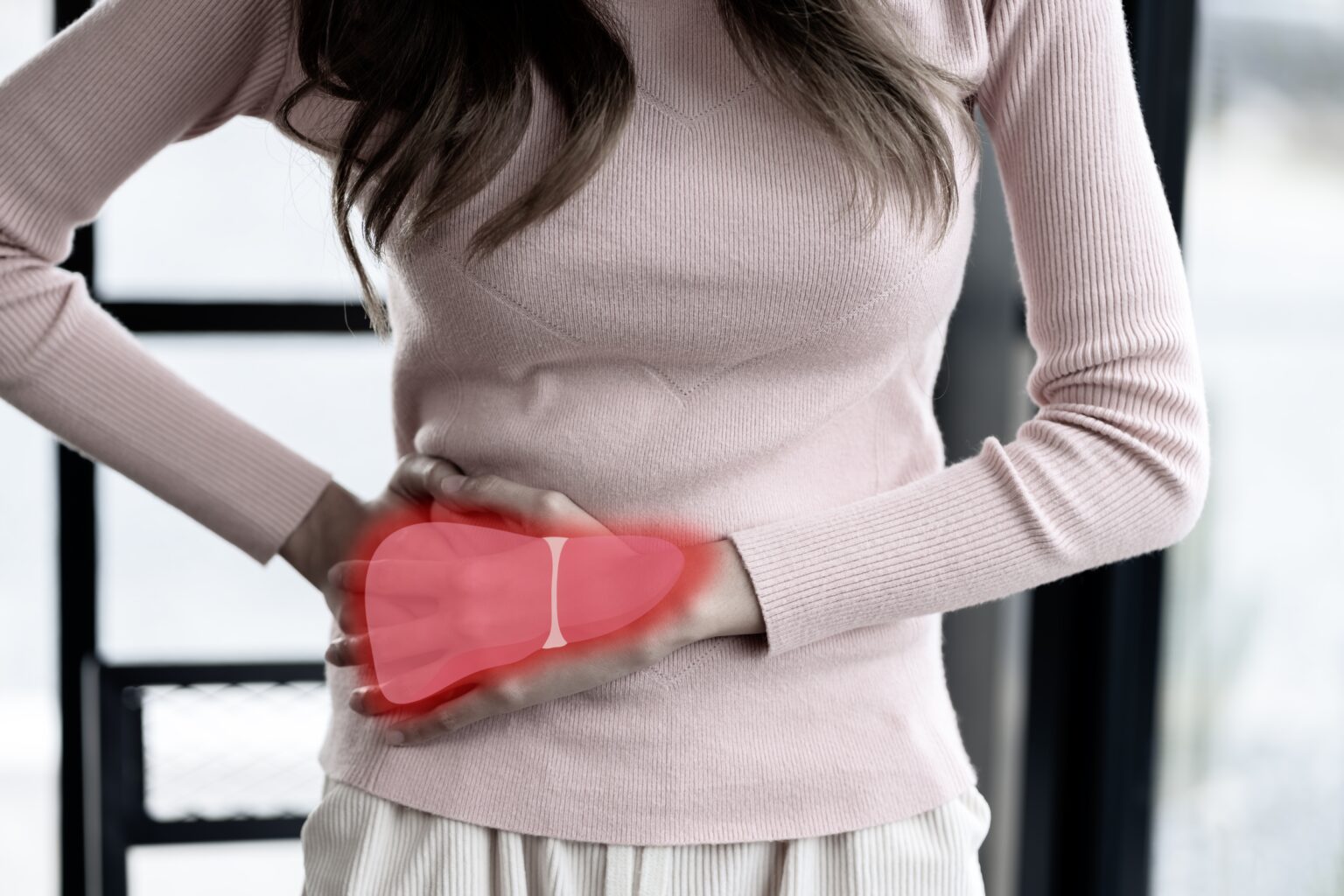
Symptoms
Humans can’t live without their liver as it plays a vital role in the body. When liver cells get damaged during liver cancer, their functions cannot be executed properly, leading to many symptoms. However, at early stages, liver cancer may not cause any symptoms as the majority of the organ is still working. At early stages, the cancer is often diagnosed by chance during routine exams performed for other reasons. At more advanced stages, liver cancer may cause symptoms such as:
- Yellowish color of the skin and whites of the eyes (jaundice)
- Pain in the right side of the abdomen
- A lump that can be felt under the ribcage at the right side of the abdomen
- Feeling tired
- Flu-like symptoms
- Dark pee
- Unexpected weight loss
- Loss of appetite
- Indigestion symptoms
- Swollen belly
Having those symptoms doesn’t necessarily mean that you have liver cancer. Many of them are common in other less severe conditions, but if you have it, they should be assessed by a physician.
Metastases
Metastatic tumors in liver cancer appear very often and are most often located in the kidneys, lungs, brain, bones, and lymph nodes. Metastatic tumors are characterized by being built of the same cells as the primary cancer tumor.
How Common is Liver Cancer?
Liver cancer is not a common disease. Experts estimate that in 2024, up to 42,000 people in the United States will become ill from primary liver tumors. However, secondary liver tumors (metastases from cancers originating in other body parts) are much more common.
Primary liver tumors are estimated to cause around 5% of all cancer-related deaths in the United States. The most common type of liver cancer is called hepatocellular carcinoma (HCC).
Diagnosis
Your physician may notice some worrying symptoms during physical examination. After that, doctors might do some tests to make sure of their diagnosis. These tests can include:
- Ultrasound—This test is usually done to check for liver diseases. But, pictures from an ultrasound can often be unclear, making it hard to tell apart a harmful liver tumor from one that’s harmless and doesn’t need treatment. Therefore, to obtain a complete diagnosis, additional imaging tests are often performed after a suspicious liver tumor is found on ultrasound.
- Blood tests, including liver function tests and alpha-fetoprotein (AFP) tumor marker test
- Computed tomography scan (CT) – A more advanced type of scan that provides a more detailed image of the inside of the body. It uses X-rays to create an image of your liver.
- Magnetic resonance imaging (MRI)—This test uses a large magnet to create an image of the liver. It doesn’t involve radiation, so it is considered safe for pregnant women.
- Liver biopsy – During biopsy, a small liver sample is collected by the needle and observed under the microscope.
- PET scan – A scan used to find malignant tumors throughout the body
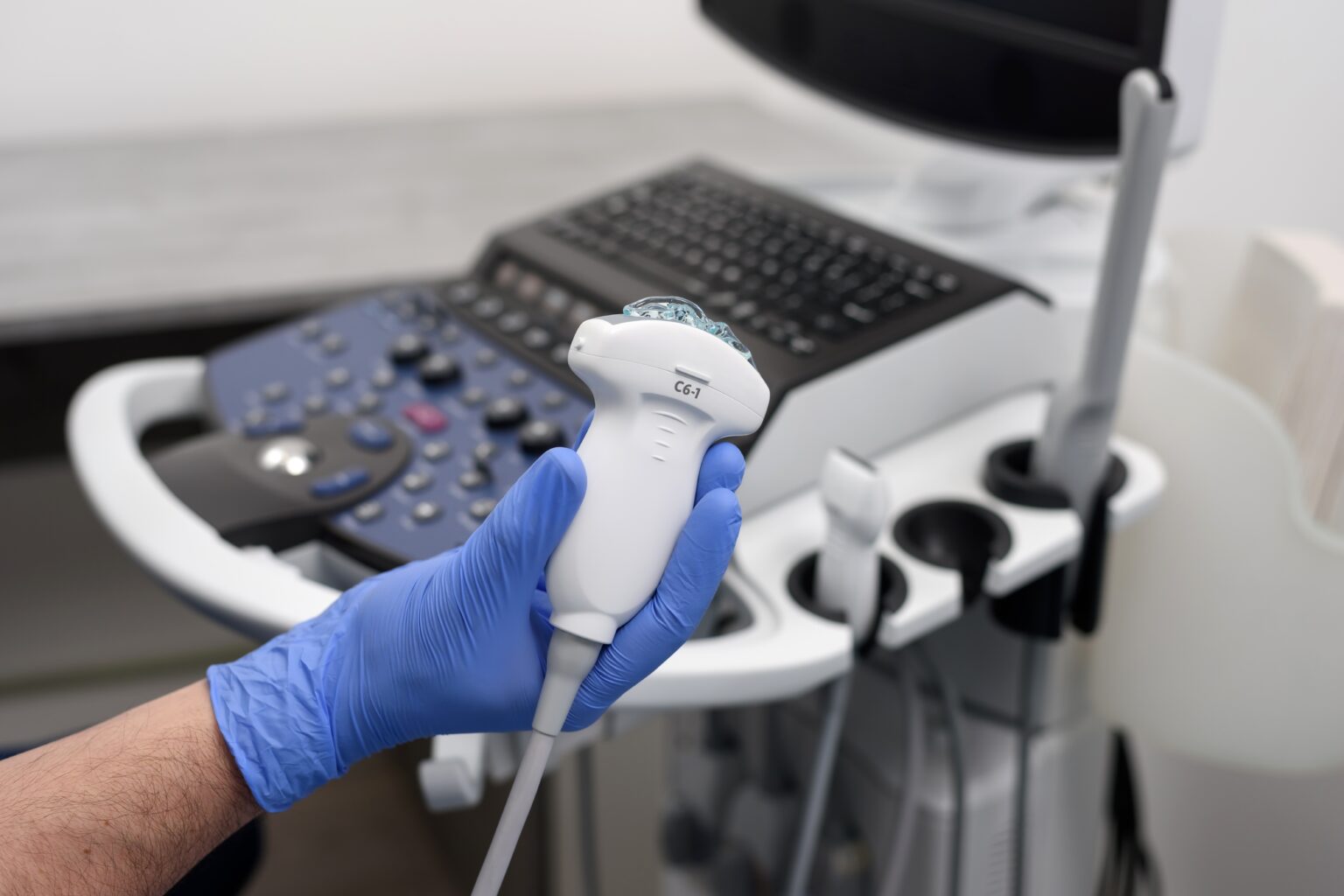
Stages
The advancement of liver cancer is assessed in staging scales. The stages help predict recovery chances and plan a treatment. To decide on which stage the cancer is, physicians evaluate information such as whether the tumor has spread to the other body parts, how well the liver performs its functions, and what symptoms the disease is causing. The stages include:
- Stage 0 – Very early stage of the tumor
- Stage A – In the early stage, the cancer does not exceed 5 centimeters
- Stage B – Intermediate, the cancer exceeds 5 centimeters
- Stage C – In the advanced disease stage, cancer has spread to other body parts
- Stage D – End stage
Treatment
Liver cancer treatment options include:
- Surveillance – lesions smaller than 1 centimeter are closely watched without giving any treatment. Usually, follow-up visits are done every three months.
- Surgery
- Liver transplant
- Ablation therapy – The doctor destroys cancerous tissues using various techniques (radio waves, ethanol, freezing instruments, electrical pulses, or ethanol).
- Embolization therapy
- Targeted therapy uses substances that identify and destroy specific cancerous cells.
- Immunotherapy
- Radiation therapy
Surgery
Sometimes, the liver part where the lesion has been found is partially removed. The ransoming part of the organ takes over its functions and can regrow with time. The operation during which a part of the liver is removed is called hepatectomy. The extent of surgery varies depending on the tumor size and may concern a piece of tissue, a whole lobe, or even a larger part of the organ.
Embolization Therapy
Embolization therapy may be applied to people not qualified for surgery. In embolization therapy, various substances block the blood flow through the hepatic artery. The tumor doesn’t receive oxygen and nutrients, slowing its growth.
The liver receives oxygen from the portal vein and hepatic artery. Usually, the tumor is supplied with blood from the hepatic artery. After embolization, healthy tissues still receive blood from the portal vein.
Radiation Therapy
Radiation therapy uses machines that send radiation toward the cancerous cells to kill them. This treatment is applied in the series to give time to healthy tissues for recovery. Side effects of this therapy option most commonly include diarrhea, hair loss, fatigue, and skin changes.
Immunotherapy
Immunotherapy uses substances originating from the body or produced in the laboratory to boost the body’s immune system and fight cancer. Those substances can redirect and restore the body’s natural immune system resources.
Prevention
Cancer prevention involves avoiding risk factors. Getting vaccinated for hepatitis B virus (HBV) protects a person from acquiring hepatitis B, which is a significant risk factor for liver cancer. Usually, the vaccine is administered to newborns, which has been proven to lower the risk of liver cancer in children. While there’s no vaccine to prevent hepatitis C, preventing certain activities can help you avoid catching the virus.
Drinking too much alcohol can harm your liver cells a lot. So, if you stop or drink less alcohol, you have a smaller chance of getting liver cancer.
Another way to avoid getting ill is to reduce your possible exposure to aflatoxin B1, a substance produced by some types of fungi that can be present in food. Contamination with this substance is most common in hot and humid climates, such as Southeast Asia.
When Should You See a Doctor?
Early stages of the disease usually don’t cause any symptoms. If you notice any symptoms that may be suggestive of liver cancer, you should see your physician to confirm or exclude the diagnosis. Symptoms that should primarily concern you include the skin and whites of the eyes turning yellow, losing weight without trying, a swollen belly, and pain in the right part of the abdomen. The doctor will recommend further steps after performing the necessary tests and establishing the diagnosis. People in risk groups (e.g., patients with hepatitis C or diagnosed with fatty liver disease) should regularly come for check-ups and perform tests ordered by their doctor.
Sources
- National Health Service (NHS) Symptoms of liver cancer (2023)
https://www.nhs.uk/conditions/liver-cancer/symptoms/ - Lee YT, Geer DA. Primary liver cancer: pattern of metastasis. J Surg Oncol. 1987 Sep;36(1):26-31. doi: 10.1002/jso.2930360107. PMID: 3041113.
https://pubmed.ncbi.nlm.nih.gov/3041113/ - Centers for Disease Control and Prevention (CDC) Viral Hepatitis (2015)https://www.cdc.gov/hepatitis/theliver.htm
- National Cancer Institute (NIH) Liver Cancer Causes, Risk Factors, and Prevention (2024)https://www.cancer.gov/types/liver/what-is-liver-cancer/causes-risk-factors
- National Cancer Institute (NIH) Liver Cancer Diagnosis (2024)
https://www.cancer.gov/types/liver/what-is-liver-cancer/diagnosis - National Cancer Institute (NIH) Cancer Stat Facts: Liver and Intrahepatic Bile Duct Cancerhttps://seer.cancer.gov/statfacts/html/livibd.html
- National Cancer Institute (NIH) Stages (2024)
https://www.cancer.gov/types/liver/what-is-liver-cancer/stages - National Cancer Institute (NIH) Radiation Therapy Side Effects (2022)
https://www.cancer.gov/about-cancer/treatment/types/radiation-therapy/side-effects - National Cancer Institute (NIH) Liver Cancer Treatment (2024)
https://www.cancer.gov/types/liver/what-is-liver-cancer/treatment - Archer S, Davies K. Biological basis of child health 9: development of the liver and clinical features of childhood liver disease. Nurs Child Young People. 2021 Jul 1;33(4):34-42. doi: 10.7748/ncyp.2021.e1258. Epub 2021 Mar 8. PMID: 33682393.
https://pubmed.ncbi.nlm.nih.gov/33682393/
